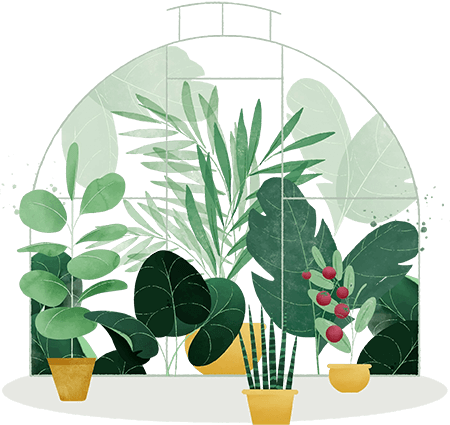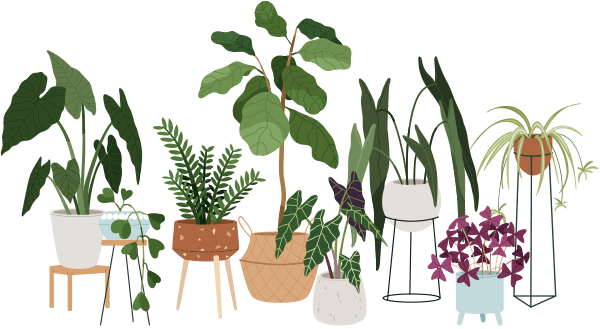If you’re searching for a forgiving, low-fuss houseplant, the Cast Iron Plant (Aspidistra elatior) is a true gem. Aptly named for its toughness, this leafy friend thrives even in less-than-ideal conditions. One of the most common questions new plant parents ask is: *How much light does a Cast Iron Plant actually need?* This is a wonderful, beginner-friendly topic, and understanding light will set both you and your Aspidistra up for lasting success.
What Are the Ideal Light Conditions for a Cast Iron Plant?
The Cast Iron Plant’s light requirements are refreshingly simple: it prefers low to medium, indirect light. In its native environment—shady forest floors in Asia—it receives only dappled or filtered sunlight. Mimicking these conditions at home will make your Aspidistra happiest.
Bright, indirect light is excellent but not essential. If you place your Cast Iron Plant in a spot where you can comfortably read a book during the day without needing to turn on a lamp, you’re in the right ballpark.
Where Should I Put My Cast Iron Plant in the Room?
- Near North or East-Facing Windows: These spots provide gentle morning or all-day light.
- Away from Harsh Afternoon Sun: Never on a south-facing windowsill, unless a sheer curtain filters the sunlight.
- Corners of Well-Lit Rooms: Corners get less direct light but often enough for an Aspidistra elatior to thrive.
- Hallways or Offices with Florescent Lighting: The Cast Iron Plant is one of few houseplants that copes well in artificial light.
Tip: Avoid spots where the plant’s leaves touch cold window panes or heat vents, as drastic temperature changes can stress the plant.
How Many Hours of Light Does the Cast Iron Plant Need Daily?
Aspidistra elatior doesn’t have strict “hour” requirements. It can survive in low light but thrives with approximately 6–8 hours of indirect light daily. However, it will tolerate even less—and may grow more slowly.
Direct sunlight should be avoided, as this can scorch the leaves and cause unsightly brown patches.
How Do I Know If My Space Is Bright Enough for a Cast Iron Plant?
Wondering if your apartment is bright enough? Try this simple test:
- Stand in the spot you plan to place your Cast Iron Plant at midday.
- Hold out your hand. If you see a soft shadow (not sharp-edged) on the floor or wall, that’s indirect light—perfect for your plant.
- If you can read comfortably in the natural light, without turning on a lamp, that’s usually enough.
Does the Cast Iron Plant Tolerate Direct Sun?
No, direct sunlight is too harsh for the Cast Iron Plant.
Prolonged exposure can lead to:
- Bleached or faded leaves
- Crispy brown spots
If your plant sits near a bright window, use a curtain to shield it, or move it several feet back from the glass.
Does the Cast Iron Plant Tolerate Shade?
Absolutely! One of the Cast Iron Plant’s best features is its tolerance for deep shade.
It’s among the few houseplants that will live (and even look quite good) in rooms with little natural light—just don’t expect rapid growth or blooms.
Signs Your Cast Iron Plant Is Getting Insufficient Light
If you’re worried your Aspidistra elatior isn’t happy, look out for the following signals:
- Pale or yellowing leaves
- Slowed or leggy growth
- Leaning toward light sources
- Leaves dropping or appearing wilted
If you spot these, try moving your plant to a spot with more indirect light.
How Can I Mimic Natural Conditions for My Cast Iron Plant?
To provide an environment similar to the plant’s natural woodland home:
1. Choose indirect, filtered light: Use sheer curtains or move the pot away from windows.
2. Rotate the plant every few weeks for even growth.
3. Avoid cold drafts and hot air: Steady, room-temperature surroundings are best.
Summary: The Cast Iron Plant’s Light Needs in a Nutshell
The Cast Iron Plant (Aspidistra elatior) is famed for surviving where other plants might struggle, especially when it comes to light. It does best with indirect, gentle light but accepts shade and artificial light with grace. Avoid direct sun, aim for a cozy, softly-lit corner, and you’ll have a robust, attractive companion for years to come.


